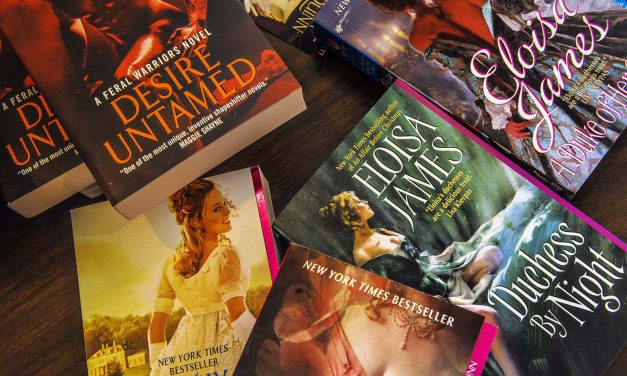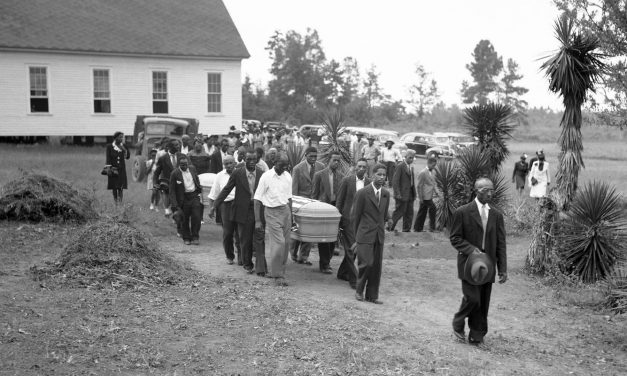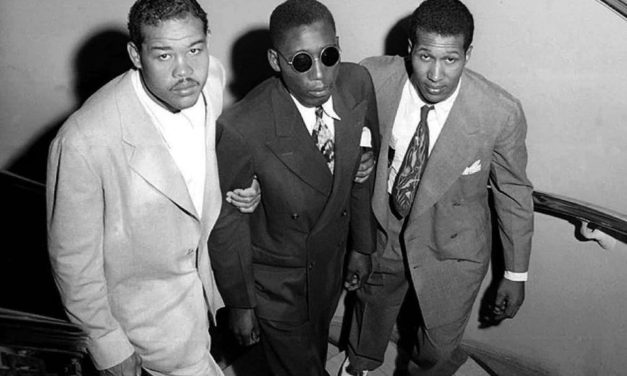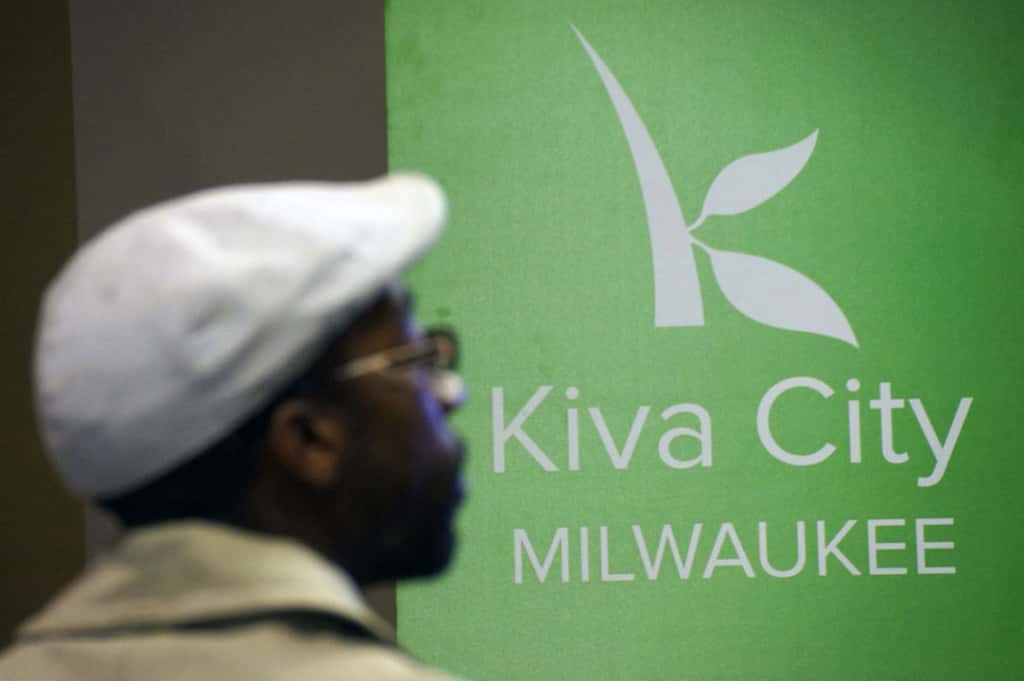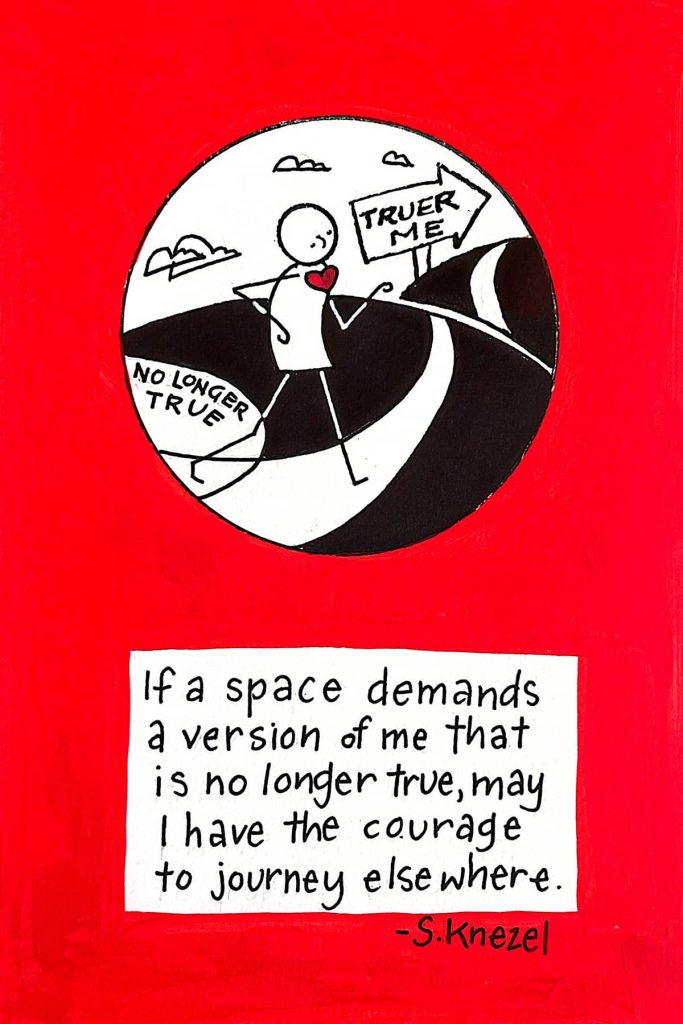Stereotypes and Punishment: How racism plunged the largest community of romance writers into turmoil
By Christine Larson, Assistant Professor of Journalism, University of Colorado Boulder Over the past month, Romance Writers of America, one of the country’s largest writing associations, with over 9,000 members, has erupted in a race-related scandal. The controversy began when diversity activist and romance writer Courtney Milan, in a pointed tweet, criticized racial stereotypes that appeared in a book by a fellow member. Writers took sides. A punishment was handed down. Backlash ensued. Now the very existence of the 40-year-old organization is in doubt. But you’d never know it from the cheeky media coverage, which hasn’t been able to...
Read More
